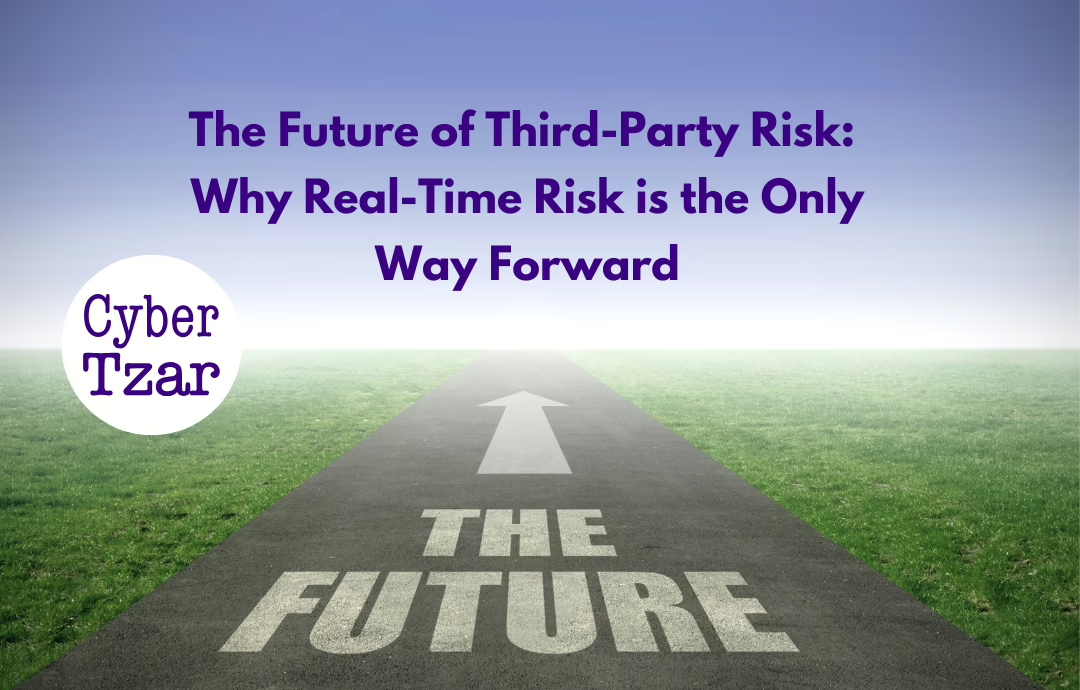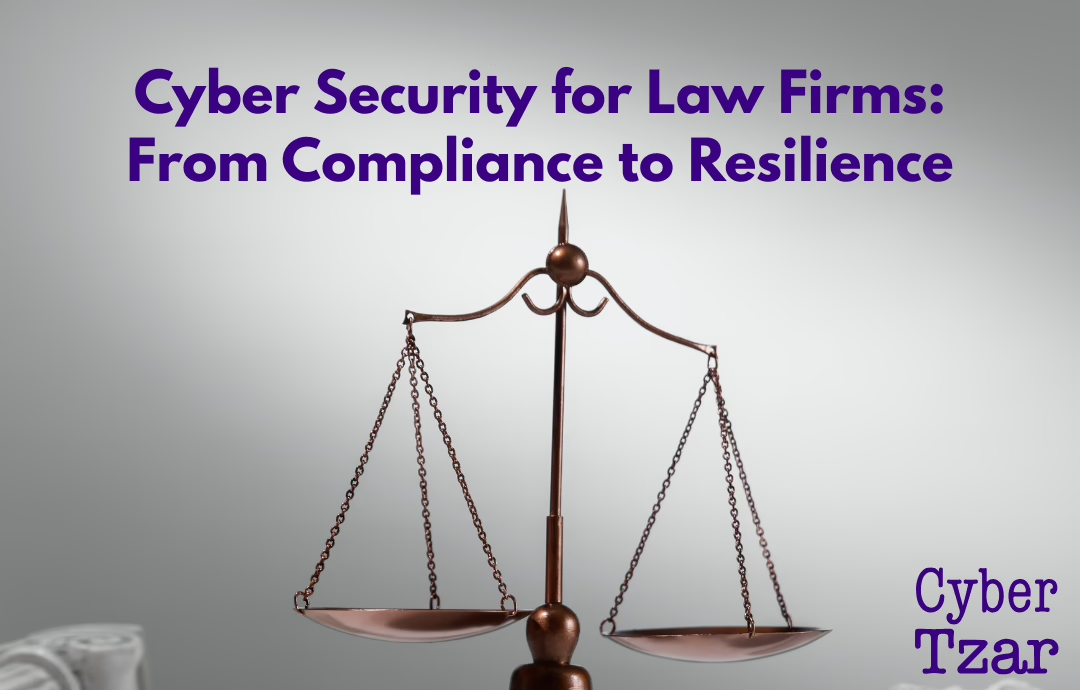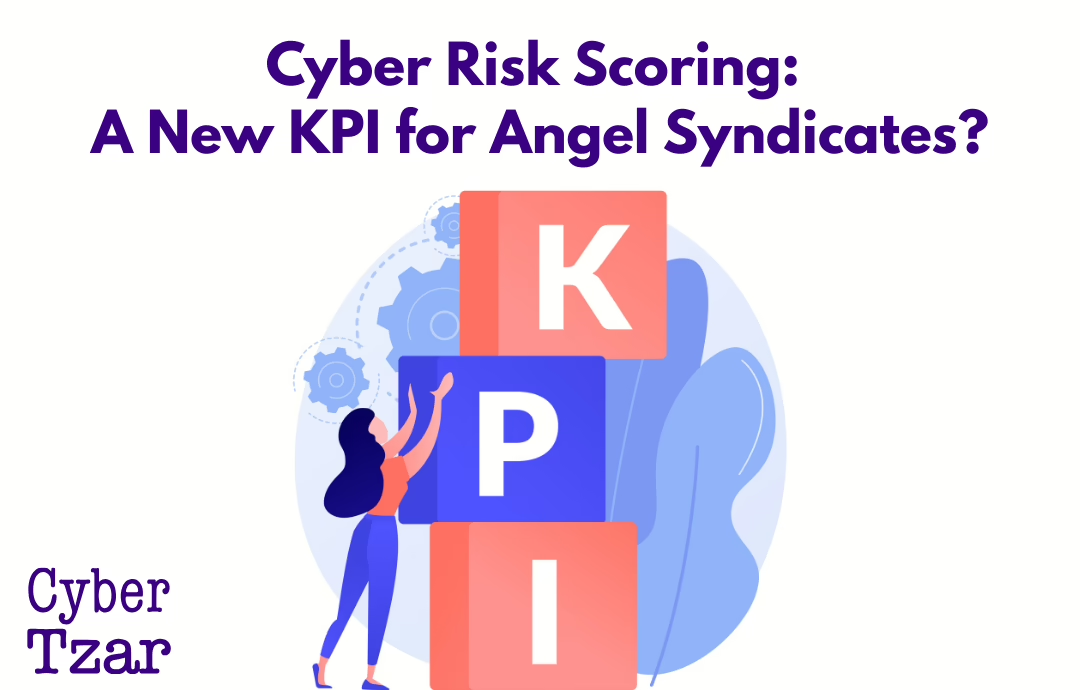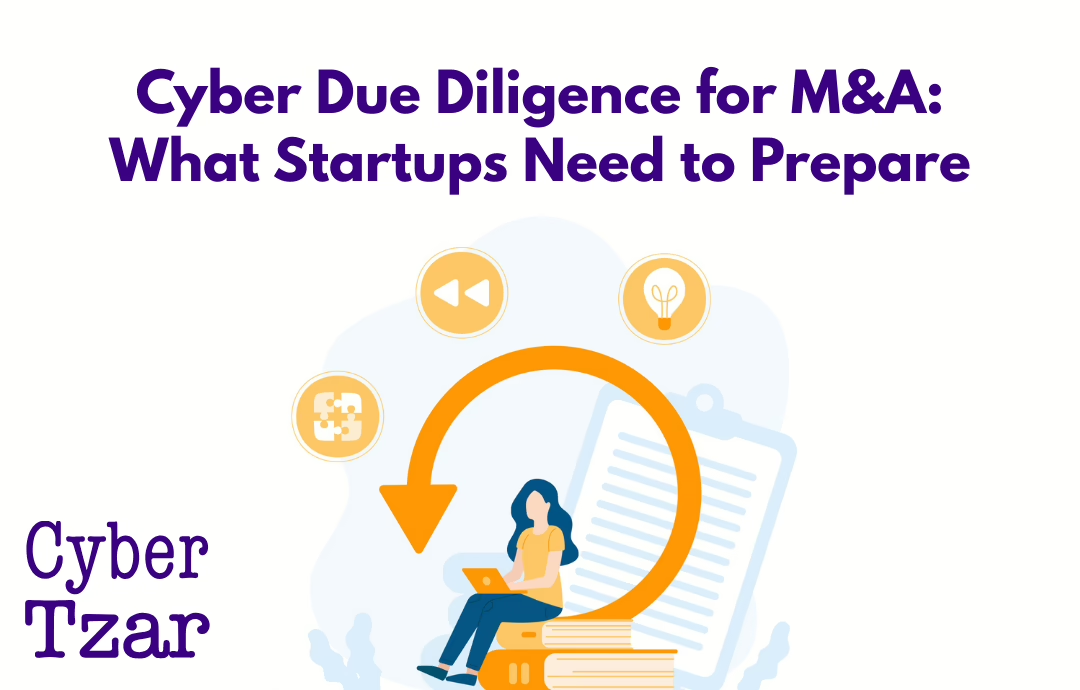If you’re still relying on once-a-year questionnaires or static audits to manage third-party cyber risk, you’re already behind the curve.
In 2025, the cyber threat landscape is live, dynamic, and increasingly supply-chain driven — and so your risk management needs to match it.
Frameworks like DORA, NIS2, and ISO 27036 no longer view third-party risk monitoring as a best practice — they expect it. And insurers are right behind them.
📉 Traditional assessments offer point-in-time peace of mind.
📈 Real-time monitoring provides operational resilience.
This shift isn’t cosmetic — it’s structural. And it affects your bottom line.
📉 The Problem with Static Assessments
🕒 They age quickly – A March audit won’t detect a breach in May
🧾 They rely on self-reporting – Often optimistic, sometimes misleading
📦 They overlook tiered exposure – Many don’t know their Tier 2/3 vendors
📉 They produce stale evidence – Reporting lag creates blind spots
🚫 They don’t stop attacks – Most breaches happen between audit cycles
“Static assessments are like judging a ship’s seaworthiness from a photo — before it hits the storm.”
📈 Why Real-Time Monitoring Works
✅ Live visibility – Continuously track vulnerabilities and exposed assets
✅ Ongoing posture trends – Spot who’s improving, declining, or drifting
✅ Instant alerts – Be notified when something material changes
✅ Supply chain intelligence – Understand your vendors’ vendors
✅ Cross-stakeholder value – Support IT, risk, legal, insurance, and board reporting
This isn’t just about better tooling — it’s about a smarter way to manage cyber risk.
🔄 The Real Shift: From IT Audit to Strategic Oversight
Here’s how the new model redefines TPRM:
| Legacy Model | Modern Model |
|---|---|
| Annual spreadsheets | Continuous scans and posture tracking |
| Self-attested controls | Verified, externally observed behaviour |
| One-size-fits-all reviews | Tiered, risk-prioritised vendor oversight |
| Manual audits | Automated dashboards and real-time alerts |
| Security silo | Business-wide visibility across GRC, IT, and finance |
| Compliance-centric | Resilience-focused, insurance-ready reporting |
| Audit report | Board-level KPI for operational risk |
In short: real-time monitoring turns TPRM into a strategic control, not a paperwork obligation.
🔐 Regulatory Expectations Have Shifted
📜 NIS2: Requires ongoing supply chain oversight for essential and digital service providers
📜 DORA: Mandates real-time monitoring of ICT third parties for financial institutions
📜 ISO 27036: Recommends continuous third-party risk evaluation
📜 Cyber Essentials Plus: Rewards real-time scanning and incident response maturity
These frameworks demand evidence of live visibility, not just historic assessment.
💷 The Insurer Angle: Save Money by Reducing Uncertainty
Cyber insurers are also moving toward real-time underwriting. They now expect:
-
Live visibility into supplier exposure
-
Time-stamped posture trends
-
Proof of breach detection capability
-
Tiered supplier classification
-
Remediation response tracking
Lower uncertainty = fewer exclusions, lower premiums, and better claims terms.
With the right visibility, you’re not just more secure — you’re more insurable.
💡 How Cyber Tzar Powers Real-Time Third-Party Risk Monitoring
Cyber Tzar gives you the visibility, context, and intelligence you need:
🟢 Continuous external scanning of supplier infrastructure
🟢 Live risk scoring, tailored to access and exposure
🟢 Tiered supply chain mapping – including hidden dependencies
🟢 Time-series analysis – spot improvements or regressions over time
🟢 Framework-aligned reports – ready for DORA, ISO 27036, NIS2, Cyber Essentials
We turn third-party risk into a data-driven, defensible business function.
📡 Want to monitor your supply chain risk in real time — not just in hindsight?
Start with a live scan at cybertzar.com



